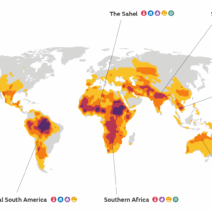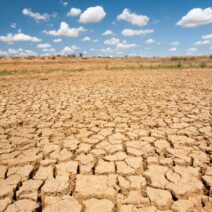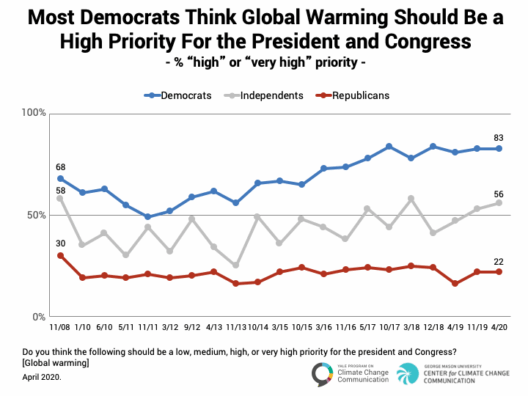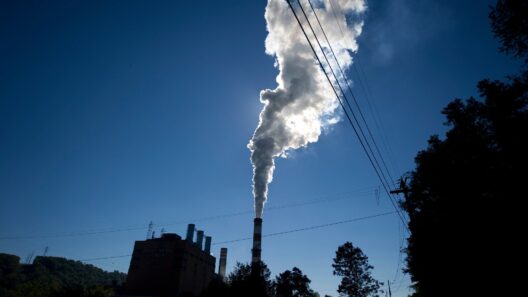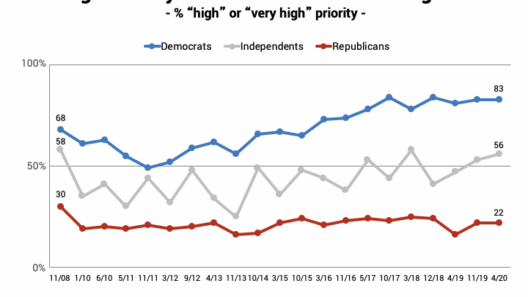Global warming represents one of the most formidable challenges of our time, manifesting through rising temperatures, erratic weather patterns, and melting ice caps. The quest to combat this existential threat has spurred a plethora of innovations and collaborative global efforts. Understanding both the urgency of climate action and the expansive array of solutions is crucial to navigating this multifaceted issue.
To unravel the complexities of global warming, one must first acknowledge the underlying causes. Human activities, particularly the combustion of fossil fuels and deforestation, have led to an overwhelming accumulation of greenhouse gases (GHGs) in the atmosphere. These gases act as a thermal blanket, trapping heat and disrupting Earth’s climate systems. The primary GHG, carbon dioxide (CO2), is released through industrial processes, transportation, and energy production. Methane (CH4) and nitrous oxide (N2O) also contribute significantly to global warming, largely stemming from agriculture and waste management practices. Thus, mitigation efforts must address these sources comprehensively.
Innovations in clean energy are at the forefront of combating global warming. The transition to renewable energy sources, such as solar, wind, and hydroelectric power, has gained unprecedented momentum. Photovoltaic technology, a vital aspect of solar energy, has improved dramatically in efficiency and cost-effectiveness. Innovations like bifacial solar panels and concentrated solar power systems are revolutionizing energy generation, making it more accessible and sustainable. Wind energy has similarly advanced, with larger turbines capable of harnessing more wind and innovative offshore installations expanding capacity. These technologies not only reduce GHG emissions but also foster energy independence and economic resilience.
In addition to renewable energy sources, advancements in energy storage solutions are pivotal for addressing the intermittency of renewable power. Battery technology, particularly lithium-ion batteries, has made remarkable improvements in efficiency and scalability. Furthermore, emerging technologies, such as solid-state batteries and flow batteries, promise to further enhance energy storage capabilities. These innovations allow for the efficient storage and dispatch of renewable energy, empowering a more stable and reliable electrical grid.
Another promising avenue lies in carbon capture and storage (CCS) technologies. CCS involves the capture of CO2 emissions from industrial sources and their subsequent storage underground. This process mitigates the impact of fossil fuel consumption while transitioning to a more sustainable energy mix. Direct air capture (DAC) is also gaining traction, extracting CO2 directly from ambient air. These technologies offer a dual solution: reducing existing atmospheric CO2 levels while continuing to produce energy. The commercialization of CCS technologies is vital in achieving substantial reductions in net emissions.
Combining technological innovations with policy frameworks is essential for effective climate action. Global efforts, such as the Paris Agreement, exemplify how countries can unite around common objectives. This international accord aims to limit global warming to below 2 degrees Celsius above pre-industrial levels, with a goal of a 1.5 degrees Celsius limit. It underscores the need for nations to commit to science-based targets and adopt strategies that align with long-term climate goals. These frameworks facilitate the mobilization of resources, promote accountability, and foster international cooperation.
Moreover, innovation isn’t confined solely to technology; it also encompasses changes in agricultural practices. Agriculture contributes significantly to global warming, primarily through methane emissions from livestock and rice cultivation, and nitrous oxide from fertilized soils. Innovative approaches such as regenerative agriculture, agroforestry, and precision farming are being adopted to enhance the sustainability of food systems. By improving soil health, optimizing fertilizer use, and adopting alternative livestock practices, the agricultural sector can contribute to GHG reduction while ensuring food security.
Efforts to raise public awareness and education about climate change are equally critical. Grassroots movements, educational campaigns, and community engagement initiatives are vital in fostering a collective consciousness regarding climate change. Public pressure can significantly influence political will and corporate responsibility. Social media and advocacy groups have successfully mobilized millions to demand greater action, leading to the adoption of more ambitious climate goals by governments and corporations alike.
Transitioning to a sustainable future also necessitates examining consumer behavior. The shift towards a circular economy, where products are reused, recycled, or repurposed, holds immense potential for minimizing waste and reducing carbon footprints. Advocating for sustainable consumption patterns encourages individuals and businesses to make informed choices, thereby lowering the demand for environmentally harmful products. Innovations in biodegradable materials and sustainable packaging exemplify how the private sector can align with climate goals.
In summation, the complexities of global warming require an integrative approach that encompasses technological innovation, policy frameworks, and societal engagement. By harnessing the power of renewable energy, advancing carbon capture techniques, and promoting sustainable agricultural practices, we can effectively address the myriad causes of climate change. It is imperative that nations collaborate and share resources while fostering public awareness to inspire the collective action needed to combat this global crisis. While challenges remain, the confluence of innovation and global effort offers a beacon of hope in the relentless fight against global warming. Achieving sustainability is not merely a desire; it is a necessity for future generations and the preservation of our planet.

